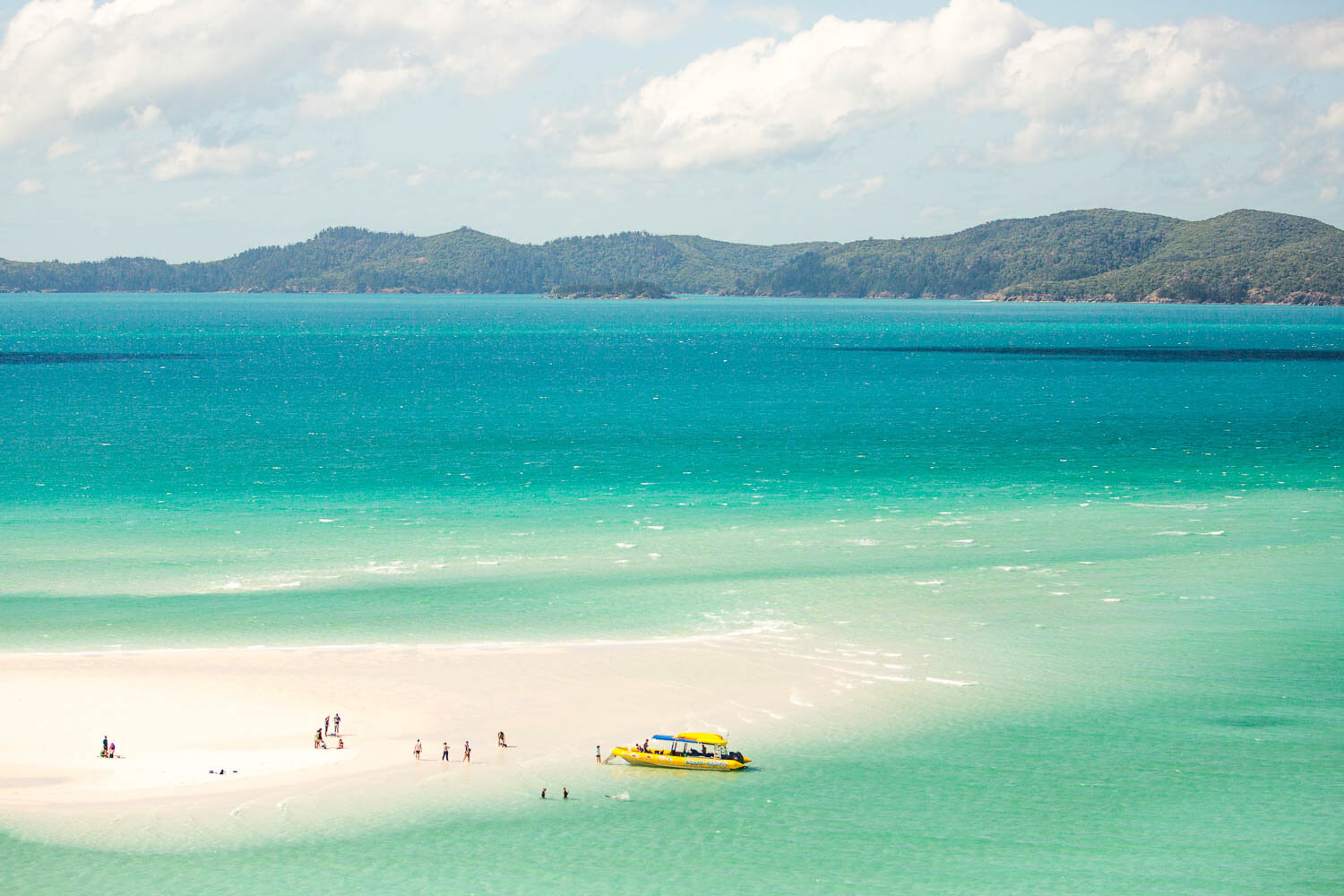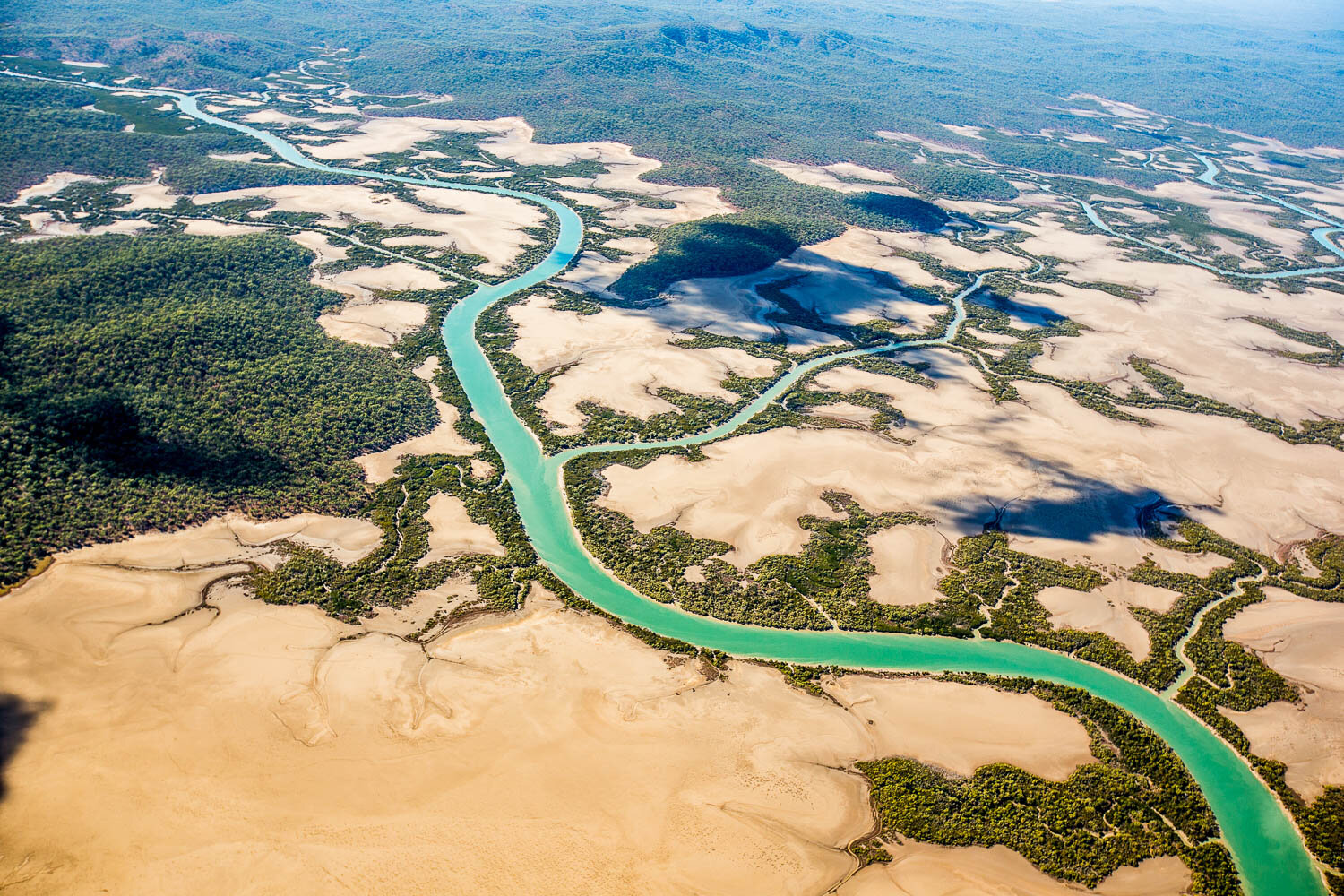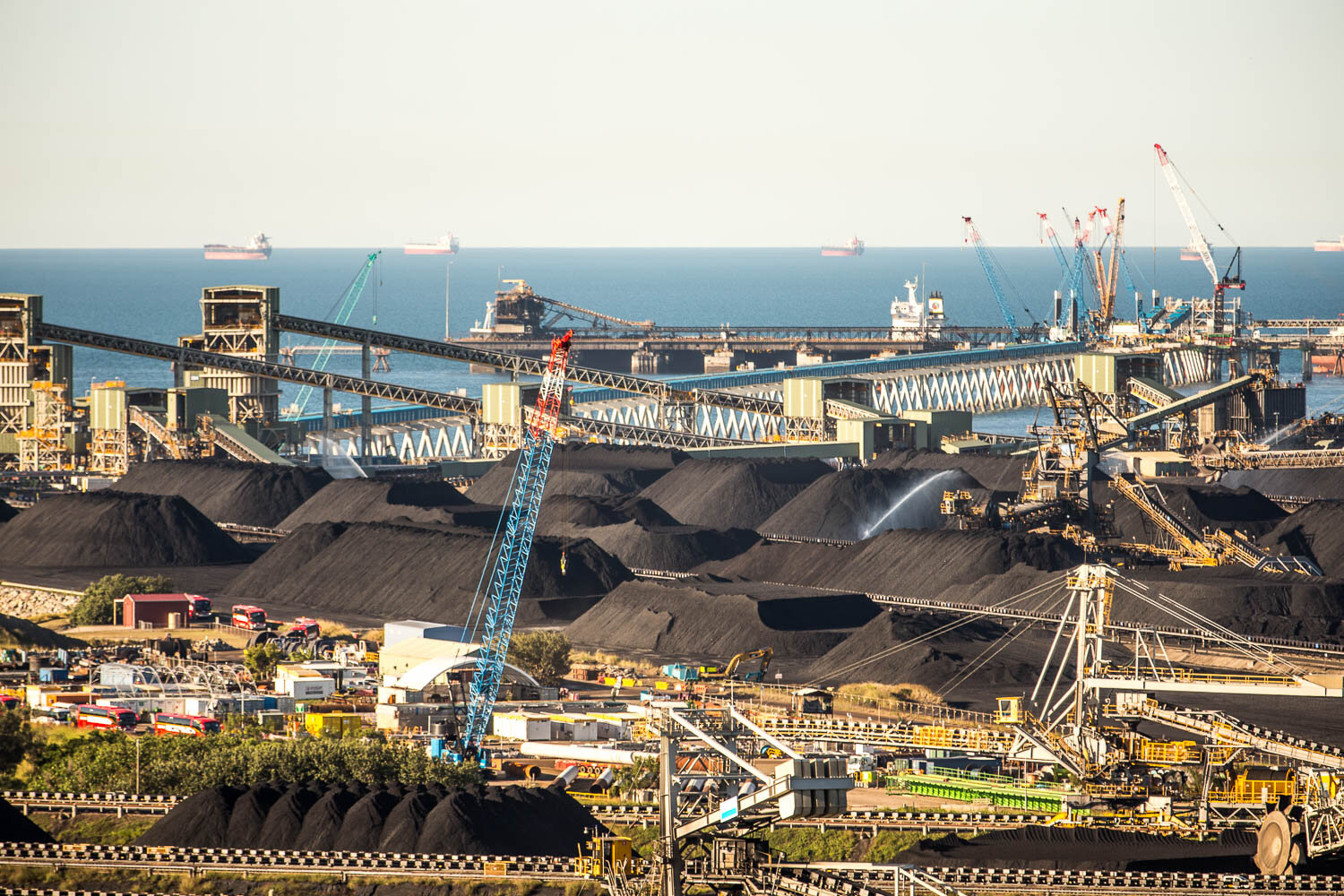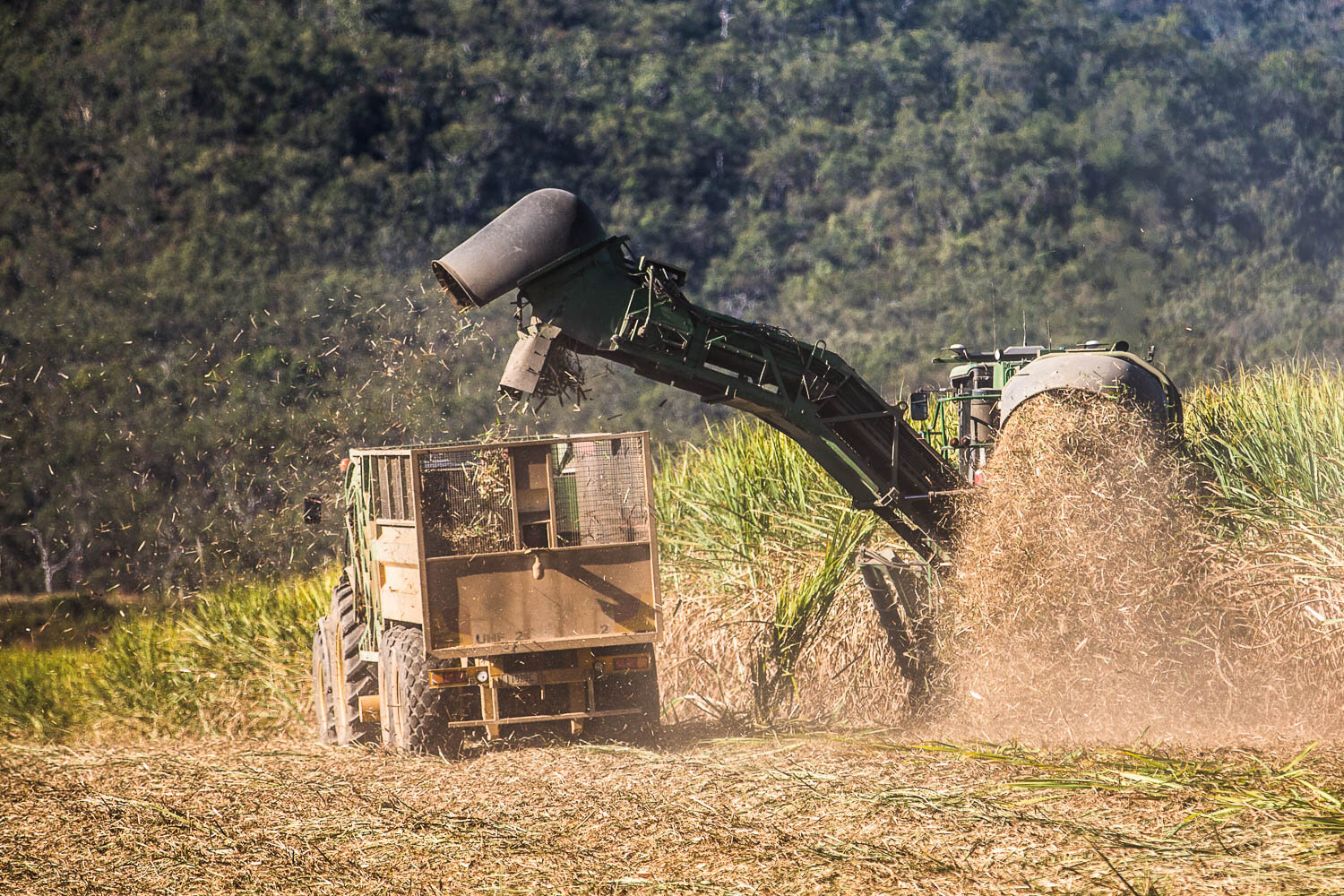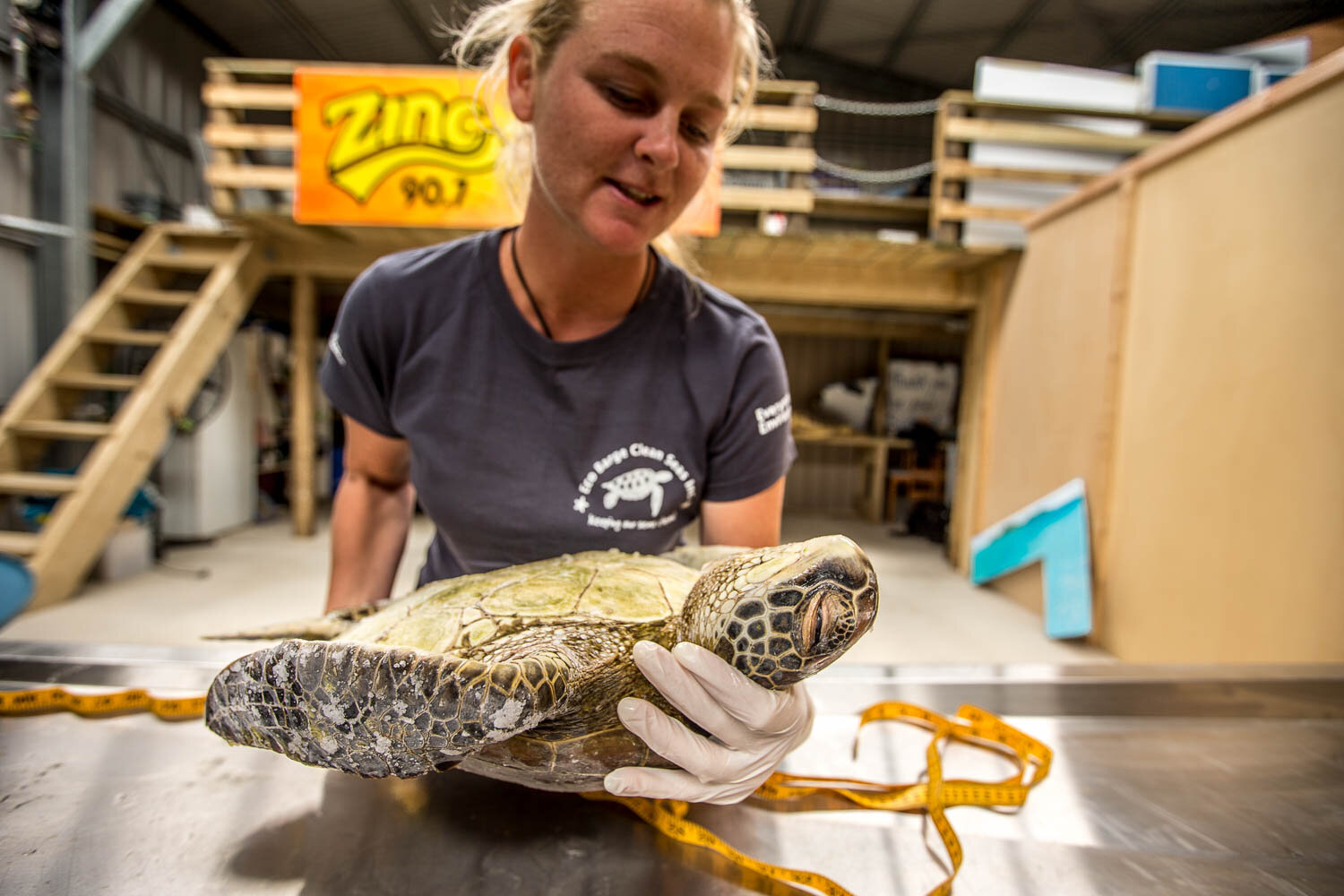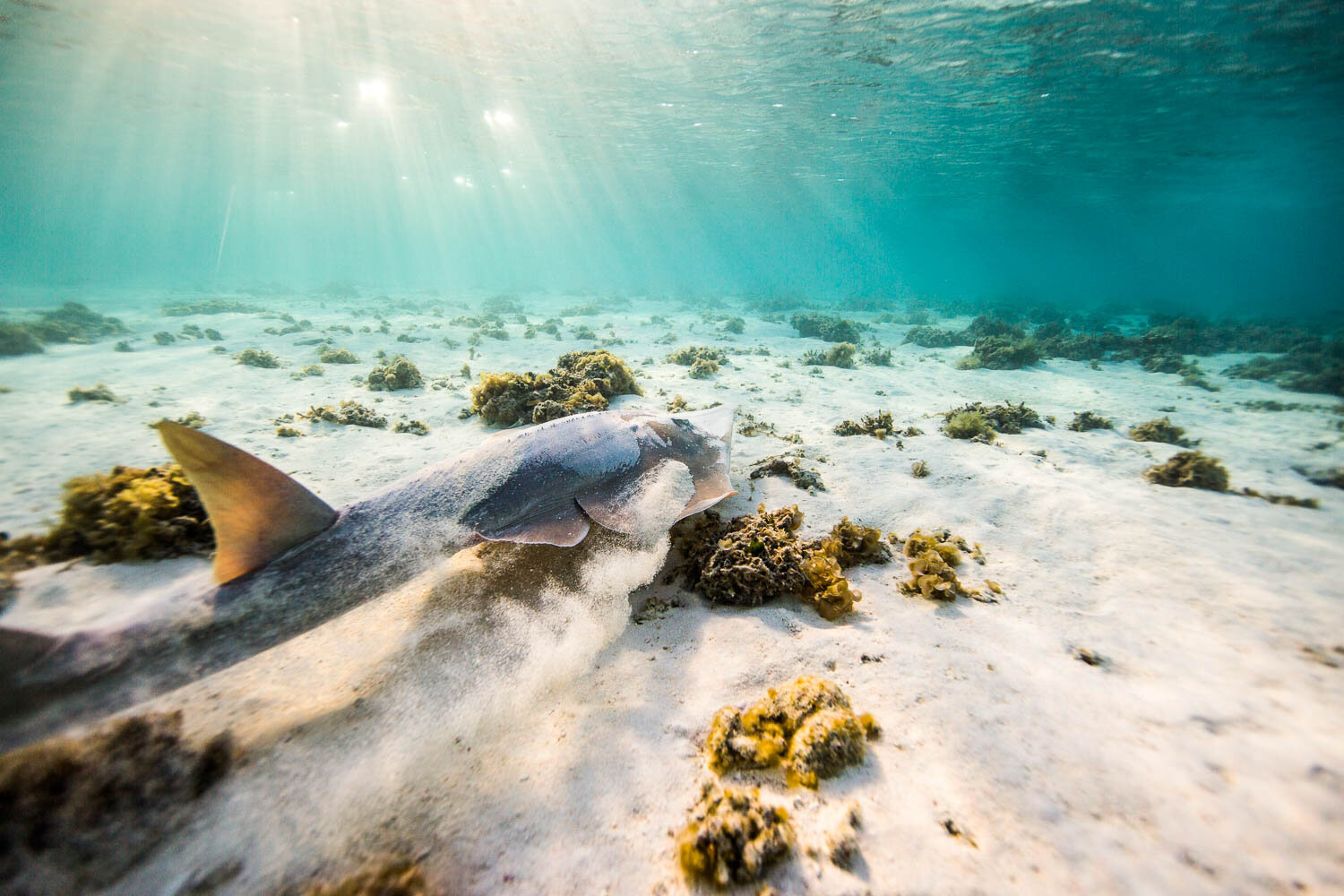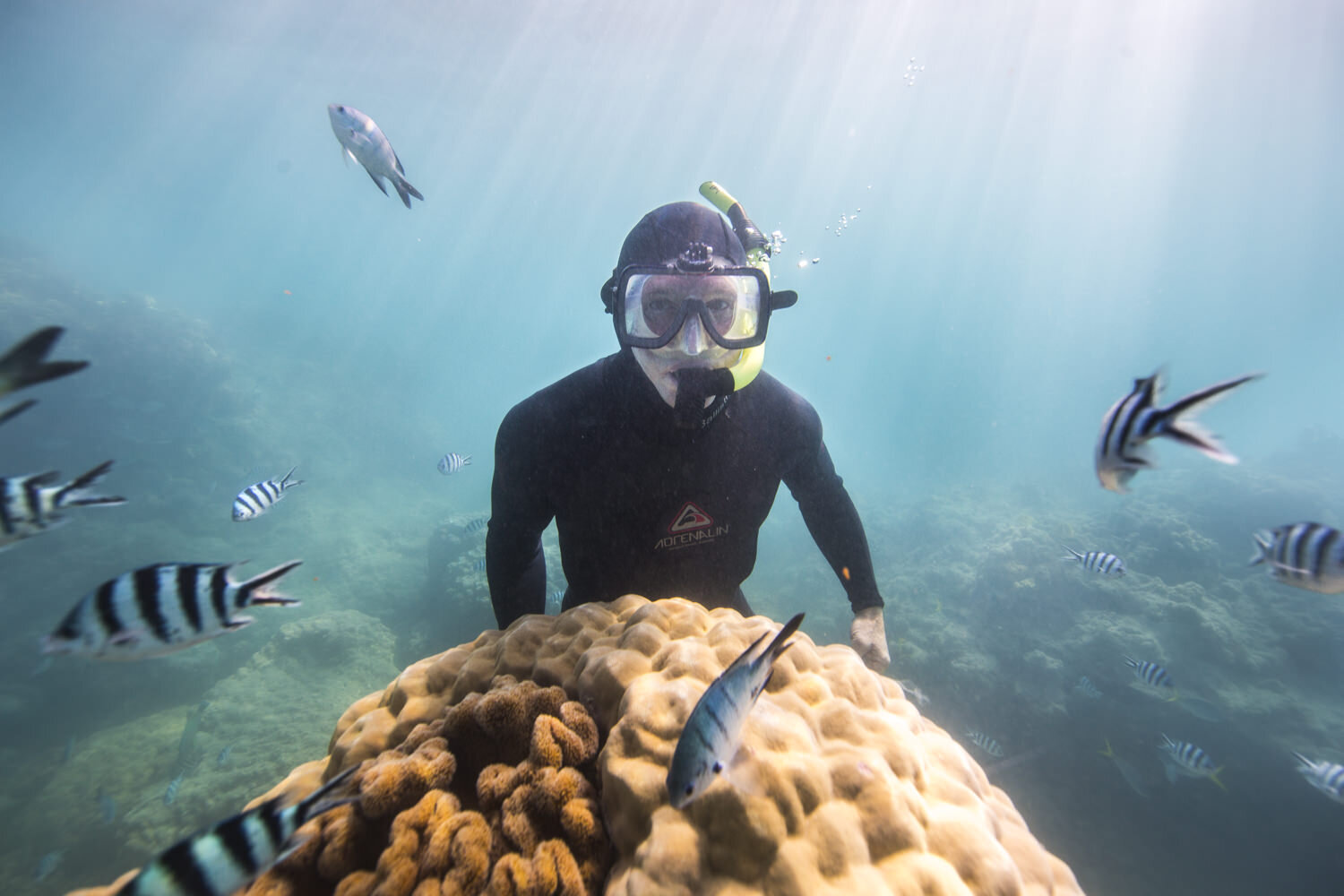
DREDGING THE GREAT BARRIER REEF
For decades the Great Barrier Reef has enjoyed world heritage status, but recent plans to expand its coal exports are putting it under threat.
The Great Barrier Reef has long enjoyed world heritage status and has been synonymous with diving, tourism and with Australia. But in June of this year UNESCO threatened to downgrade the Great Barrier Reef to the world heritage ‘in danger’ list; a category populated predominantly by war-torn and developing nations. The final decision will be made in February 2015.
UNESCO’s concerns are focused on the issue of industrial development along the reef. Queensland has one of the largest deposits of coal and with developed markets slowly turning their back on dirty energy there’s huge momentum to dig it up and ship it out as fast as possible, before falling prices make it no longer viable. Doing this requires unprecedented amounts of dredging, both to expand existing coal ports and create new ones, many inside the Great Barrier Reef Marine Park.
Dredging is problematic for a few reasons. Firstly it digs up seagrass meadows, removing valuable grazing areas for dugongs and turtles. Secondly it creates a toxic soup of heavy metals which can severely impact on the health of marine life. And lastly, the dredge spoils are then dumped back onto the reef and can travel for miles up the coast, clogging coral polyps and smothering entire reef systems.
The Great Barrier Reef is unique in that most of its threats come in the form of onshore industry. Before the recent push to expand coal ports, the main industry in the firing line was agriculture. Rainwater falls inland and travels across farms, picking up pesticides and fertilisers, which are then washed down the rivers, through deltas and out onto the reef. Of particular note is the relationship between increased nitrogen in the water and the catalysing of crown-of-thorns starfish (COTS) cycles. Traditionally COTS would spawn on the north of the reef around Cairns once every 20 years or so, but in recent years the number of these starfish, whose primary food source is coral, has spiralled out of control. Boats specifically tasked with eradicating them are now patrolling the reef.
Agriculture, however, has taken huge strides forward, in both accepting its responsibility for deteriorating water quality, and in trying to do something about it. Farmers, state government and conservation groups such as WWF, have been working together to develop new farming methods that limit the run-off from farms and, in doing so, also help farmers’ businesses. The tourism industry, which is one of the largest employers in Queensland, bringing in $6 billion annually, is also actively engaged in trying to protect the reef. For every tourist who visits the reef, tour operators pay an environmental management charge, which ostensibly goes to ensure the reef is protected. Understandably, both tourism operators and farmers feel there’s a real equity issue on the reef. They are making sacrifices, both practical and financial, to protect the reef’s natural capital and the sustainability of their businesses, whilst the coal export industry is dumping millions of tonnes of dredge spoil onto the reef and receiving tax incentives for the privilege.
The recently released Living Planet Report echoes the voices of people I met on the Great Barrier Reef. Government policy moves too slowly and with the pressure of climate change threatening to wipe out the reef within the next 100 years, global industry stewardship is the only solution. The Great Barrier Reef is more than capable of generating enormous annual revenue sustainably. But if our financial and ecological decisions remain unaligned, everyone stands to lose. And what’s at stake is much more than just world heritage status.
All images and text copyright James Morgan / WWF – Canon






